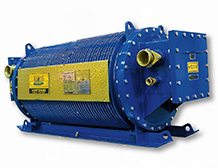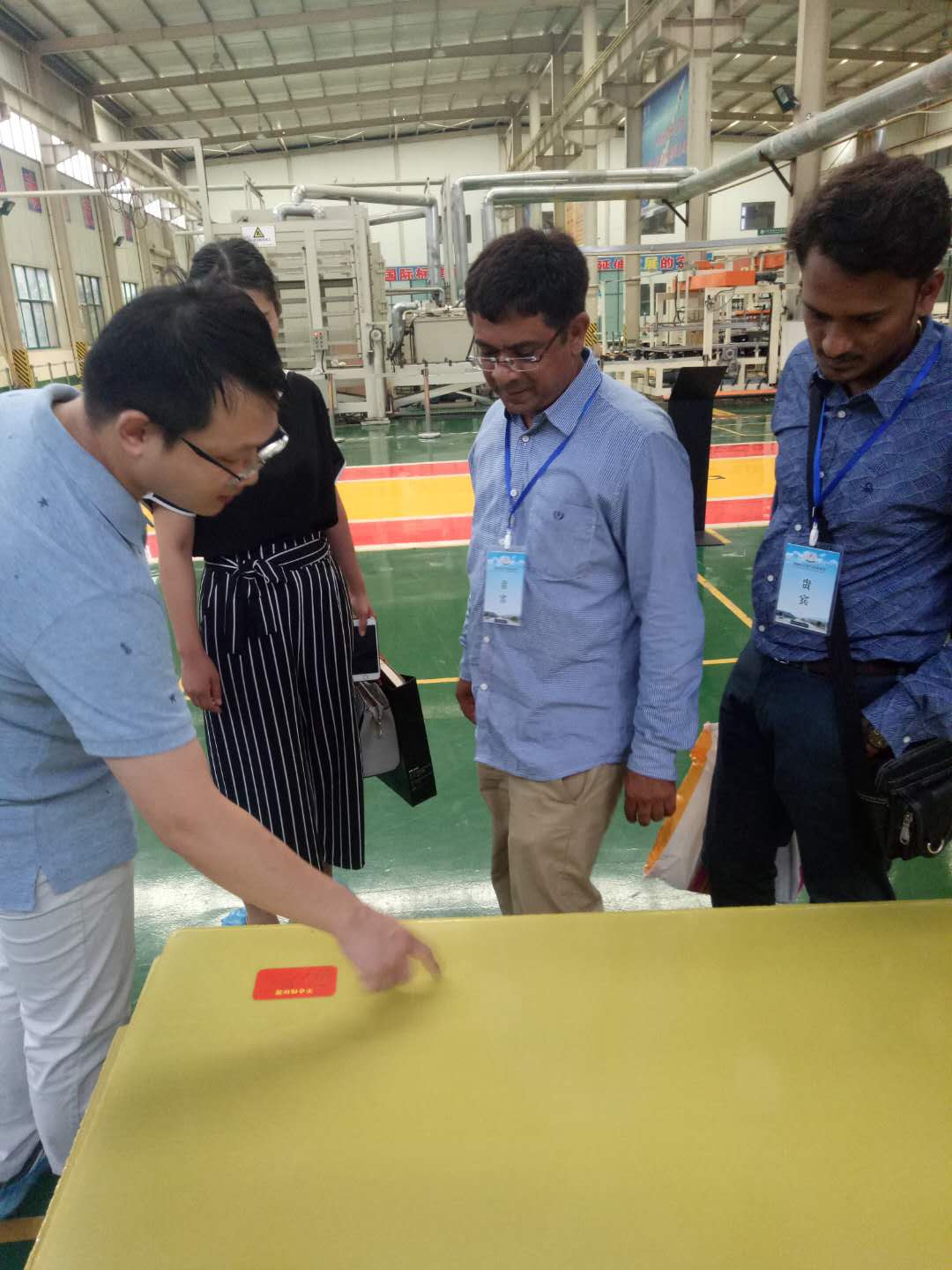The Difference Between the Full Insulation and the Semi-Insulation of the Transformer-II
3) Single-phase grounding is subject to different voltages. When the system is single-phase grounded, the semi-insulated voltage transformer needs to withstand the impact of the line voltage. The general operation must not exceed 2h. The long-term operation may cause breakdown failure. The full-insulation voltage transformer is subjected to the rated voltage when the system is single-phase grounded.

4) The effect of safe operation is different.
Fully insulated voltage transformers are only available when the voltage level is not high, such as the 66kV voltage level. If it is a horn-shaped shape, it is generally fully insulated, that is, the insulation level between the primary winding and the ground and the secondary is high and the power frequency is short-time withstand voltage, and is generally used for measuring the line voltage (phase-to-phase voltage). Semi-insulated means that one end of the high-voltage winding is grounded and secondary insulated, and the other end of the N-to-second and ground withstand voltage is only 5 kV.

The most intuitive difference between fully insulated and semi-insulated voltage transformers is the same. The general insulation level of the high-voltage side of the full-insulation voltage transformer is the same. The tail end of the high-voltage side of the semi-insulated voltage transformer is denoted by N, and is generally taken out together with the secondary terminal and directly grounded.